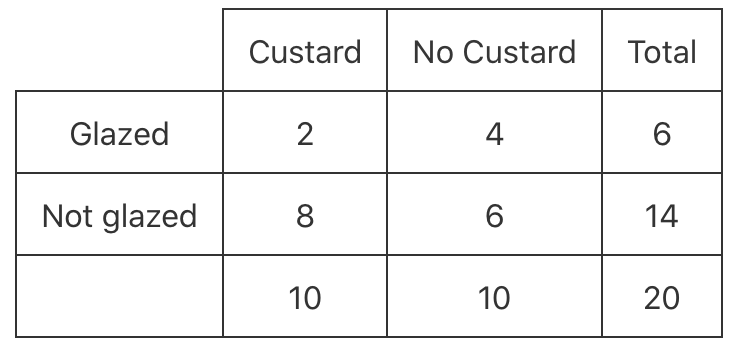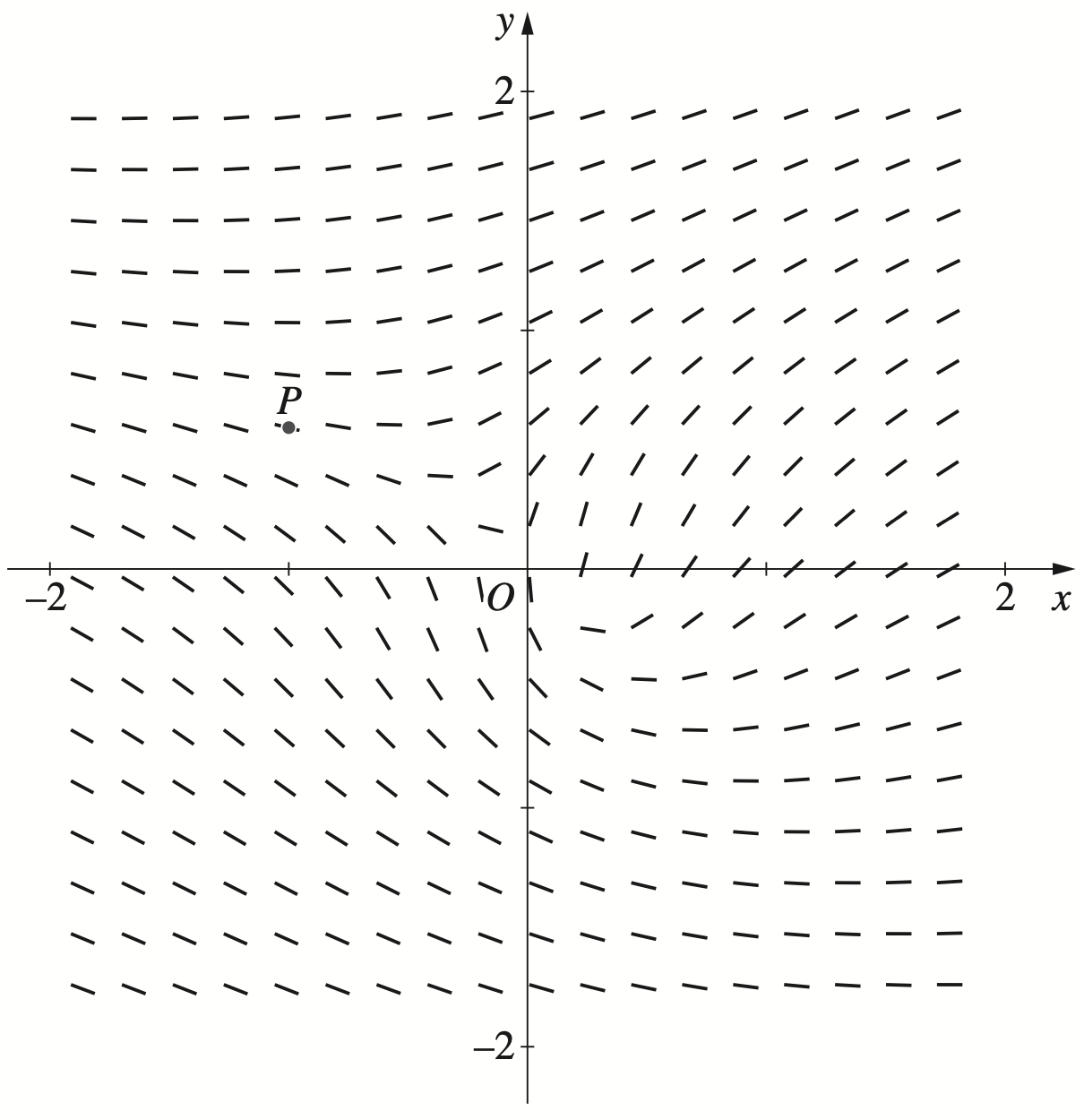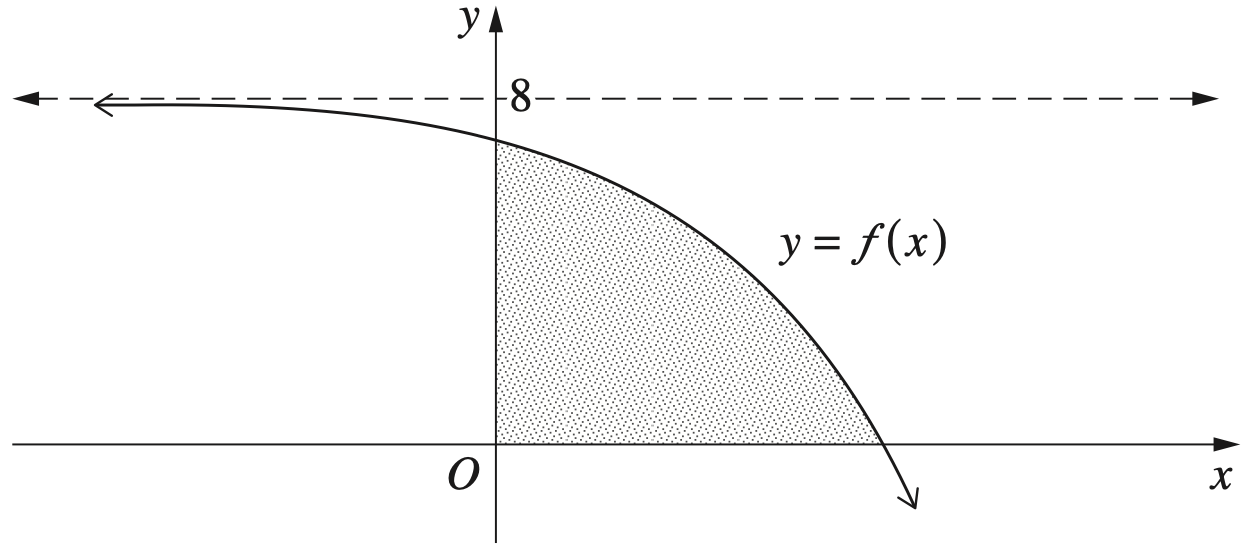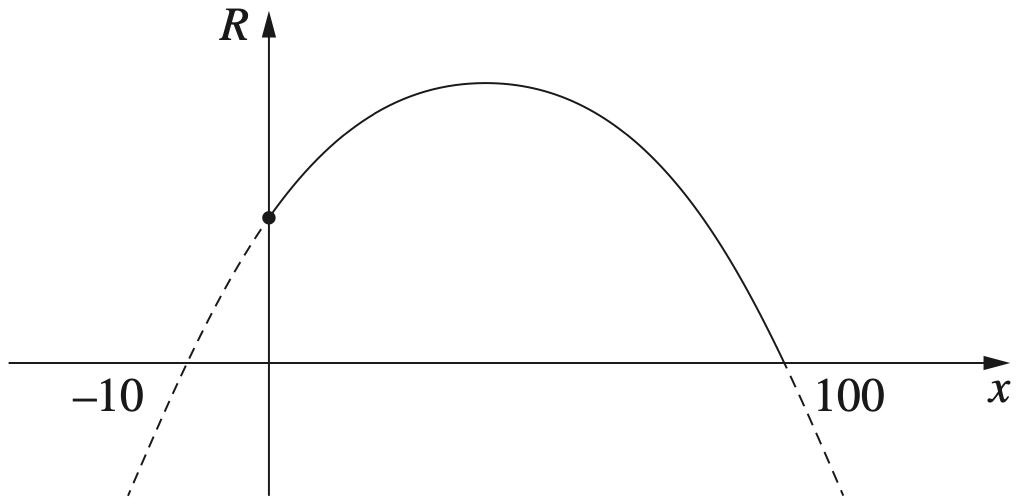Four friends go to an ice-cream shop.
Akiro chooses chocolate and strawberry ice cream.
Doris chooses chocolate and vanilla ice cream.
Gohar chooses vanilla ice cream.
Imani chooses vanilla and lemon ice cream.
This information could be presented as a graph.
Consider the following four statements:
- The graph would be connected.
- The graph would be bipartite.
- The graph would be planar.
- The graph would be a tree.
How many of these four statements are true?
- 0
- 1
- 2
- 3
- 4





